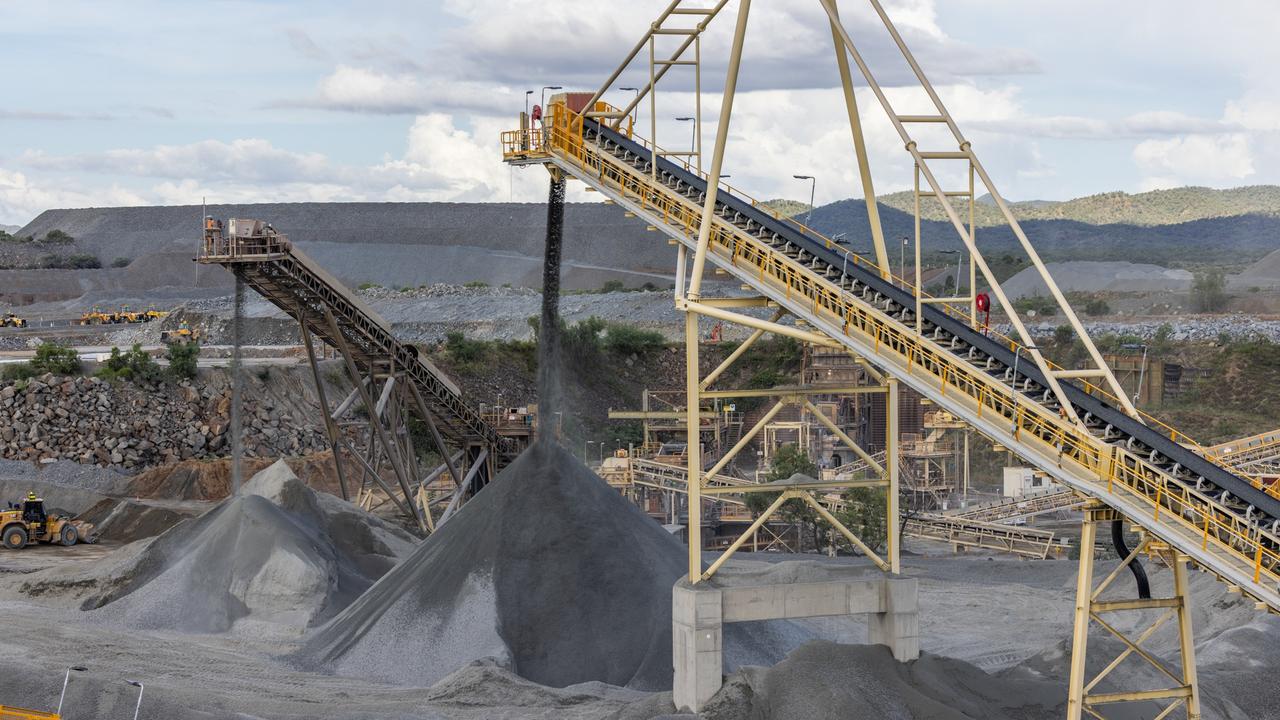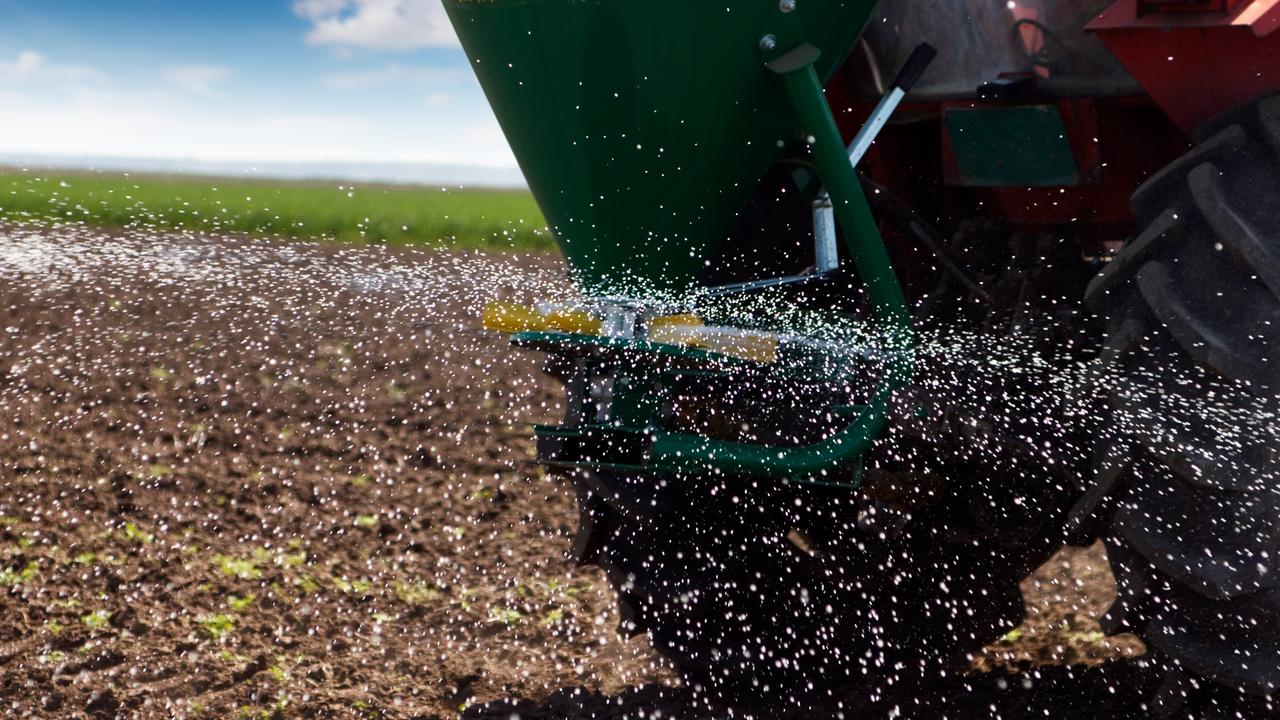
Woolworths and Coles are pointing out to the competition regulator that Amazon is a rising competitor in hard groceries, so there is no need to split the supermarket giants to create greater competition.
Right now, Amazon has only around 1 per cent of the Australian grocery trade, but it has inherent advantages over Coles and Woolworths. Some of those advantages are unique to Australia and over time will make Amazon a more dangerous hard grocery competitor to Woolworths and Coles than it is to its US rivals, Walmart, Kroger and Costco.
And in the fresh food area, the Australian supermarkets have not invested sufficiently in their refrigerated transport systems which contributes to Australia’s incredible volumes of food waste – a cost that is often passed on to small farmers and requires the attention of the Australian Competition & Consumer Commission.

Over time, unless the Australian majors become more efficient, Amazon will eventually apply its retail power to fresh food.
Meanwhile, at the moment, Amazon has four clear built-in advantages over Woolworths and Coles.
• Woolworths and Coles are substantial taxpayers. Amazon, like other giant US corporations such as Microsoft, ,Apple, Netflix and so on, haves the world's best tax accountants and pays little or no tax.
To be fair, in the case of Amazon, one of the reasons for its local low tax is the enormous legal depreciation allowances it provides on its massive Australian capital investments.
Some of the other giants enjoy the delights of the “leprechaun sandwich” whereby they send Australian and other country profits into Ireland, where there is little tax.
Gradually, low or non-tax-paying international companies will replace Australian companies in whatever industries the internationals choose to compete in. Australian companies that pay tax usually can’t compete against rivals that don’t.
Australia is not alone in facing this problem, but with iron ore prices set to fall this is going to be one of the challenges facing Australia for the rest of the decade.

It’s the sort of issue where the two major parties should combine forces to seek a solution. Currently, the best solution is taxing cashflow.
• While Woolworths, and to a lesser extent Coles, backed the Albanese government in the voice referendum (much to the angst of some of their customers), the supermarkets got no reward because at the same time, the government’s industrial relations legislation had a special clause inserted. Known as the “Amazon clause”, it helped the online international giant increase its market share over bricks and mortar retailers.
The industrial relations act is designed to increase costs and lower the productivity of the nation. One of the worst features of the 700 pages of legislation is the section that dismantles the enterprises operated by Australia’s efficient, safe, low-cost and independent truckies. They are to be replaced by a cartel of the large transport companies and the unions. The result will be lower productivity. It is expected to lift transport costs by about 10 per cent, but it could be much more.
Then comes the “Amazon clause” which states that if goods are trucked from a factory, farm or warehouse directly to a home residence – not a business – then the more efficient, non-cartel transport systems can be used.
That means bricks and mortar supermarkets are lumbered with costs that simply don’t apply if the goods go directly to homes, which is the Amazon model. And poor old Australia Post gets a nasty sideswipe because its systems do not divide destinations between homes and business, so it is lumbered with the high-cost cartel system too.

• Amazon has a massive media operation, which in the US is now moving to gradually replace the US equivalent of our free-to-air television in broadcasting major sports events.
In due course this will happen in Australian and with it will come Amazon’s promotional power, that Woolworths and Coles will simply not be able to match.
• Amazon has a huge database, allowing it to legally gain knowledge of its customers and their spending patterns. This can be incredibly valuable in promotions.
Goldman Sachs says Amazon is likely to lift its total Australian gross merchandise revenue from $4.5bn to $6.5bn in 2025 – a growth rate of per 40 per cent.
Woolworths and Coles are watching the rise in the grocery section of Amazon’s sales. According to Goldman, Amazon’s sales of snacks, confectionary, cereal and beauty products will reach $1.3bn this year.
Amazon is now the second largest online retailer in Australia. Only Woolworths is bigger. The Amazon 2025 sales growth rate of almost 40 plus per cent may slow but with the above advantages it will swamp not only Coles and Woolworths.






There’s an old axiom in business that looks set to apply to Australia’s supermarkets: “Be careful about what you wish for.”